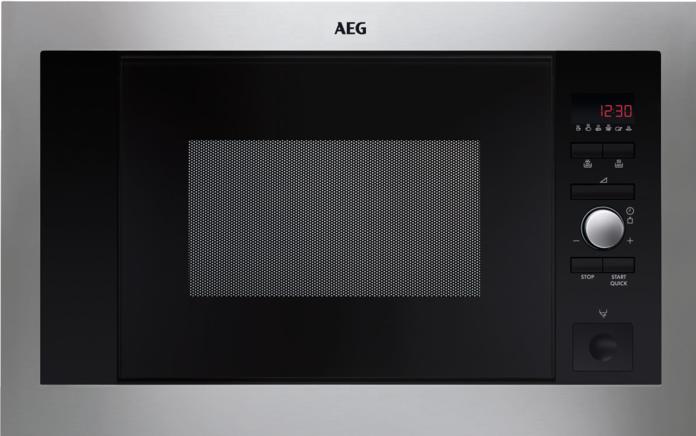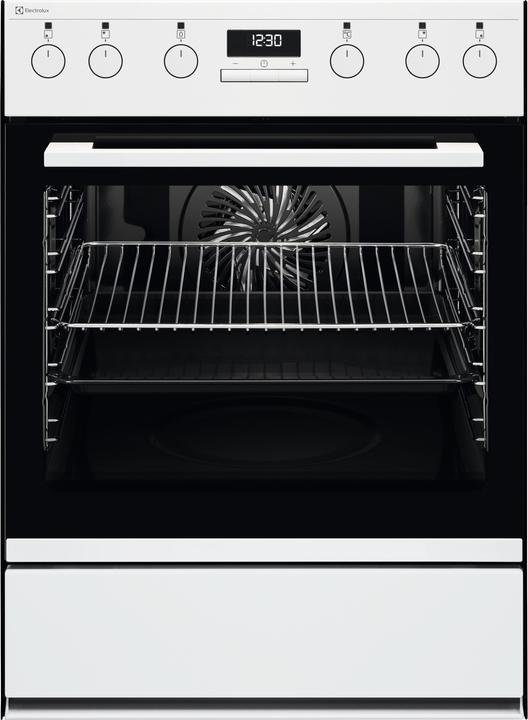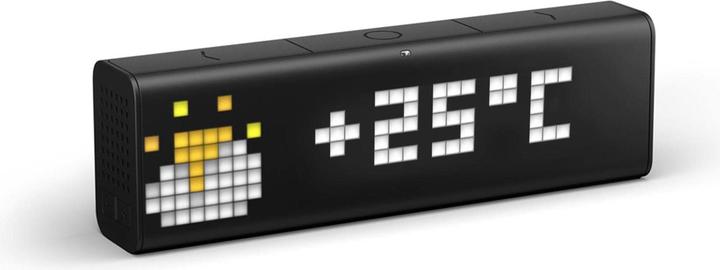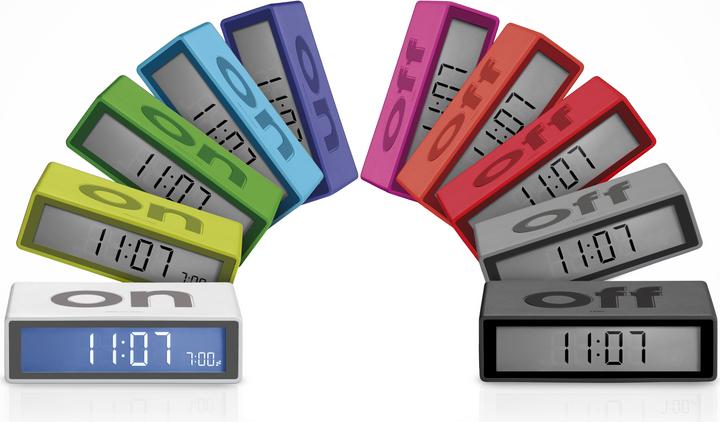

Summer time: Which clocks change themselves and why?
Why is the clock on my phone always right? Why is my oven clock always wrong lately? Here you can find out which clocks work how.
Types of watches differ fundamentally in the way they measure time and how they keep themselves up to date. This has an impact on whether and how they need to be adjusted. For example, now that summer time is being changed again. For those who always impose it: That's at 2 a.m. on Sunday, 25 March.
Oven clocks
You've probably noticed: In the last few weeks, the oven timers in all Swiss kitchens ran too slowly at first, then too quickly. Within a very short space of time, they were several minutes behind, so that many people (including me) almost missed the train several times. The reason: these clocks do not have their own clock generator, but use the alternating current frequency as a clock. This normally works well, as the frequency is 50 Hz to several decimal places. If, exceptionally, it cannot be maintained, the difference is then compensated for. The clocks are therefore only temporarily out of sync.
At the beginning of March, however, the difference was so great that many people noticed it and adjusted the clocks themselves. The frequency had previously been significantly too low for several weeks because electricity supply and electricity consumption on the international electricity market did not match. For a few weeks now, the low frequency has been compensated for so that the manually adjusted clocks are now running ahead.
On this Swissgrid website you can see the current frequency deviation and the total grid time deviation. At the moment I am writing this text, it is still almost five minutes.
You have to set the clocks in ovens and similar appliances to summer time yourself. You can of course set them four to five minutes late this year because the time will catch up at some point. However, I wouldn't do that, but set them correctly and check them occasionally. This is because it can take a very long time for the time deviation to be compensated for by the clock frequency.
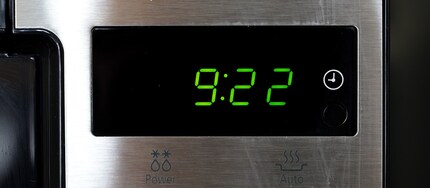
Mobile phone, notebook and PC
The clock in the smartphone can correct itself by using the time provided by the network (mobile phone, internet or GPS). However, this must also be activated in the system settings. Here (Android example) you can set whether you also want time zone and daylight saving time to be corrected automatically.
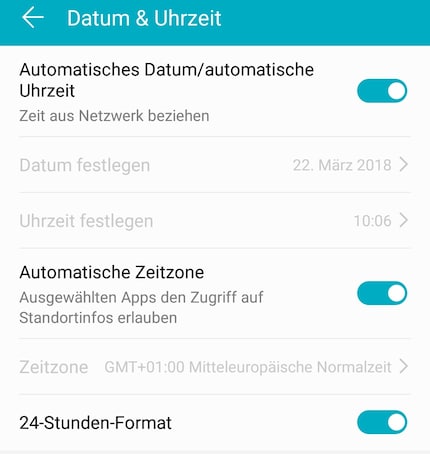
Some "dumbphones" (e.g. old Nokia mobile phones) are not able to adjust the time automatically. In any case, the clock in a mobile phone has its own power supply, which continues even when the mobile phone is switched off.
A PC behaves in a similar way to a smartphone. It can and, by default, does follow the network time. However, it also has its own built-in clock and power supply. If you open a desktop PC, you will see a small button battery somewhere on the motherboard. This supplies the PC's clock with power even when it is completely disconnected from the mains. PCs where this is often the case need a new button battery after a few years.
Photo camera
Cameras need an internal clock to store information in an image file about when it was taken. They are not normally on the network and do not set themselves. You have to readjust them. Because they are often neglected, they are sometimes completely wrong (the maximum deviation of a quartz clock is according to Wikipedia 30 seconds per month). There are even cameras that have to be reset every time you take the battery out to charge - but fortunately this is very rare. Like PCs and mobiles, most devices have their own power supply for the watch.
Other watches
Watches are everywhere: In the car, in the clock radio, in the TV, in front of the cuckoo, etc. But almost all of them actually work according to one of the three principles described above:
- Clock that is connected to the mains and does not clock itself
- Watch on a networked device (GPS, internet, mobile phone)
- Watch with battery without networking
The first and third type must be set manually, the second not.
Example: This is an alarm clock. However, it is a networked alarm clock that is based on the network time. It therefore does not need to be set manually.
This, on the other hand, is a non-networked alarm clock. It must be set manually.
My interest in IT and writing landed me in tech journalism early on (2000). I want to know how we can use technology without being used. Outside of the office, I’m a keen musician who makes up for lacking talent with excessive enthusiasm.
Interesting facts about products, behind-the-scenes looks at manufacturers and deep-dives on interesting people.
Show all